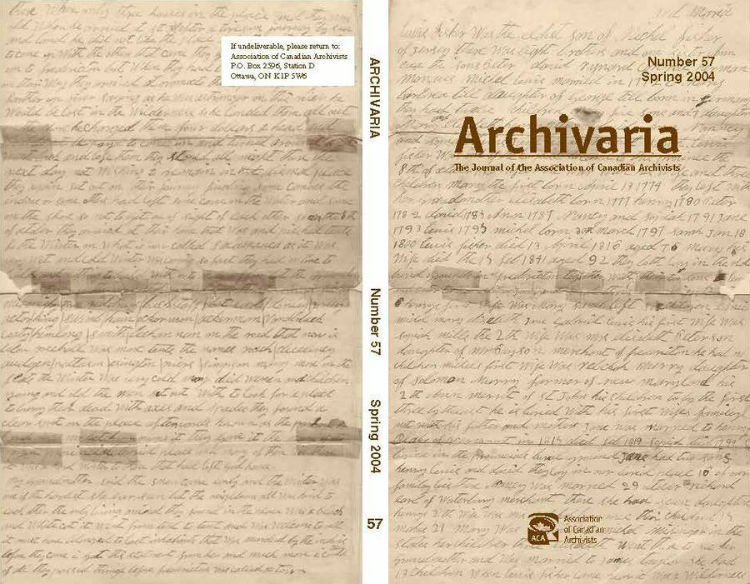Enhancement of Document Legibility Using Spectroscopic Imaging
Abstract
The article describes the application of spectroscopic imaging in the near infrared wavelength region to examine two historical parchments. This non-destructive optical method of analysis can distinguish subtle differences in the reflectance properties of the materials under study. Three areas on the parchments were selected for study, showing three types of features: faint writing, heavy lines interspersed with faint writing, and text obscured by corrections. The measurements consisted of sets of 41 narrow-band digital images taken at 10-nanometre wavelength intervals from 650 to 1050 nm. Each narrow-band image consisted in turn of 256 by 256 pixels representing reflectance intensity values at a particular wavelength. Several types of numerical manipulations were used to process the collected data. The legibility of the faint writing was increased through pixel-by-pixel subtraction of images taken at different wavelengths. The reflectance spectral response of the heavy lines was distinguished from that of the faint writing in the same way. The text obscured by the corrections was made readable using principal-components analysis of the entire set of 41 narrow-band images. Displaying all the images resulting from the processing using false colour made all the processed images easier to interpret by eye. Possible applications to the study of manuscripts in a poor state of conservation are described.
RÉSUMÉ
Cet article décrit l’application de l’imagerie spectroscopique dans la région de longueur d’onde infrarouge proche afin d’examiner deux parchemins historiques. Cette méthode d’analyse optique non destructive permet de distinguer des différences subtiles dans les propriétés du facteur de réflexion des matériaux étudiés. Trois zones des parchemins ont été sélectionnées pour l’étude, montrant trois caractéristiques particulières : de l’écriture pâle, des lignes épaisses intercalées avec de l’écriture pâle et du texte obscurci par des corrections. Les mesures consistaient en séries de 41 images numériques en bandes étroites prises à intervalles de longueur d’ondes de 10 nanomètres entre 650 et 1050 nm. Chaque image en bande étroite était constituée de 256 par 256 pixels et représentait les valeurs de l’intensité du facteur de réflexion d’une longueur d’onde particulière. Plusieurs types de manipulations numériques ont été utilisées afin de traiter les données. La lisibilité de l’écriture pâle a été améliorée grâce à la soustraction, pixel par pixel, d’images prises à différentes longueurs d’ondes. La même méthode a été utilisée pour distinguer les réponses spectrales du facteur de réflexion des lignes épaisses et de l’écriture pâle. Le texte obscurci par des corrections a été rendu lisible en utilisant l’analyse en composantes principales pour la série complète des 41 images en bandes étroites. L’affichage de toutes les images obtenues grâce au traitement utilisant les fausses couleurs a rendu toutes les images traitées plus faciles à interpréter visuellement. L’article décrit les applications possibles pour l’étude des manuscrits dans un mauvais état de conservation.
Authors of manuscripts accepted for publication retain copyright in their work. They are required to sign the Agreement on Authors' Rights and Responsibilities that permits Archivaria to publish and disseminate the work in print and electronically. In the same agreement, authors are required to confirm that "the material submitted for publication in Archivaria, both in its paper and electronic versions, including reproductions of other works (e.g. photographs, maps, etc.) does not infringe upon any existing copyright." Authors of manuscripts accepted for publication retain copyright in their work and are able to publish their articles in institutional repositories or elsewhere as long as the piece is posted after its original appearance on archivaria.ca. Any reproduction within one year following the date of this agreement requires the permission of the General Editor.





